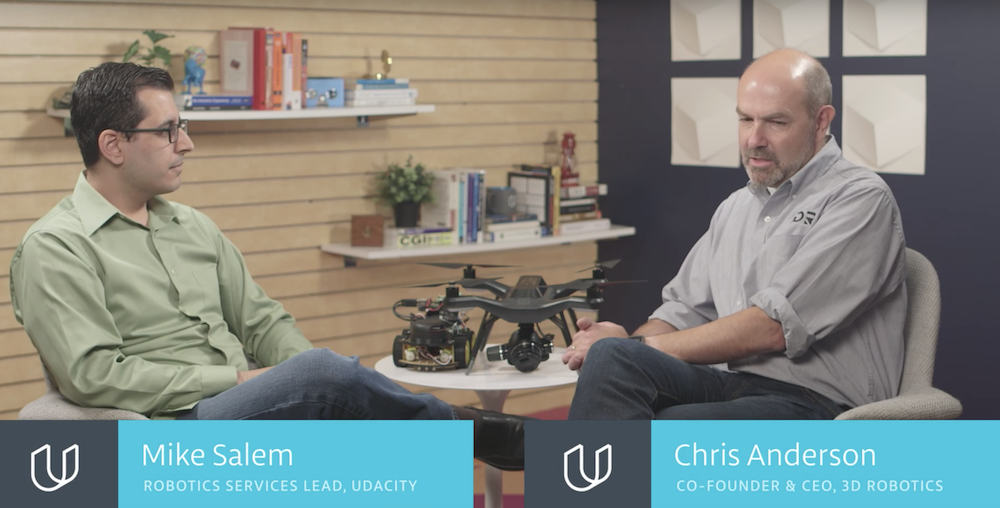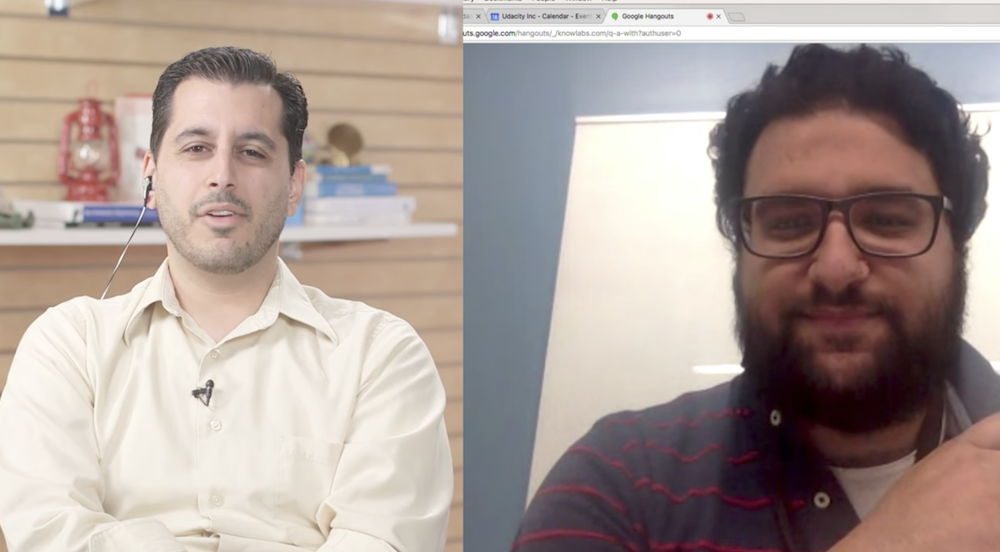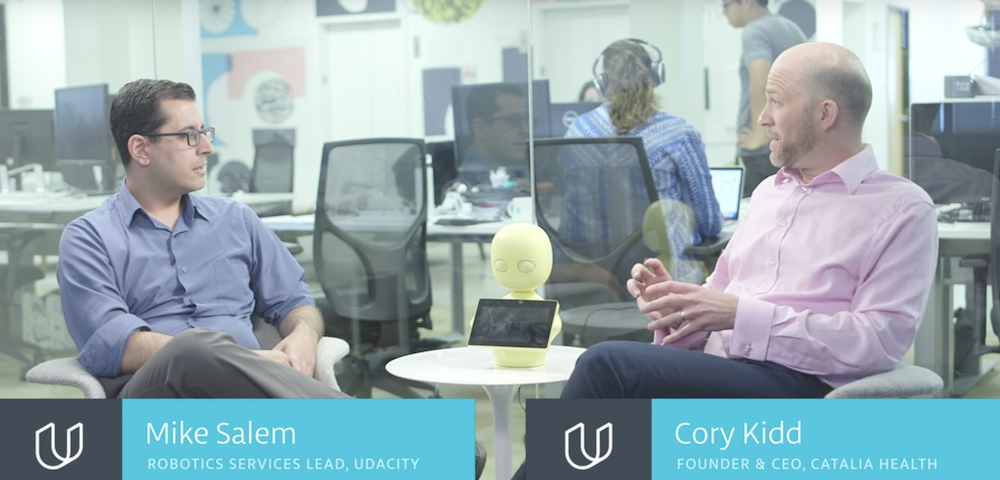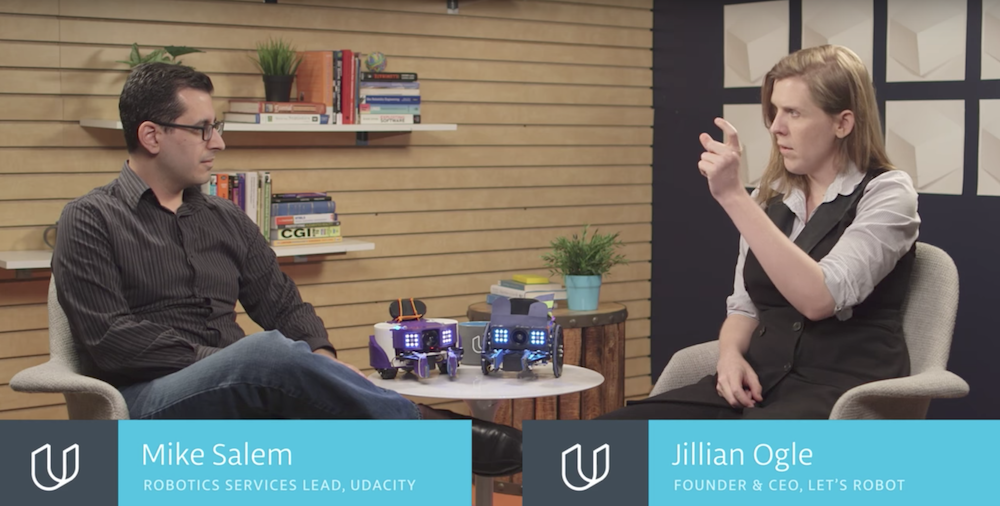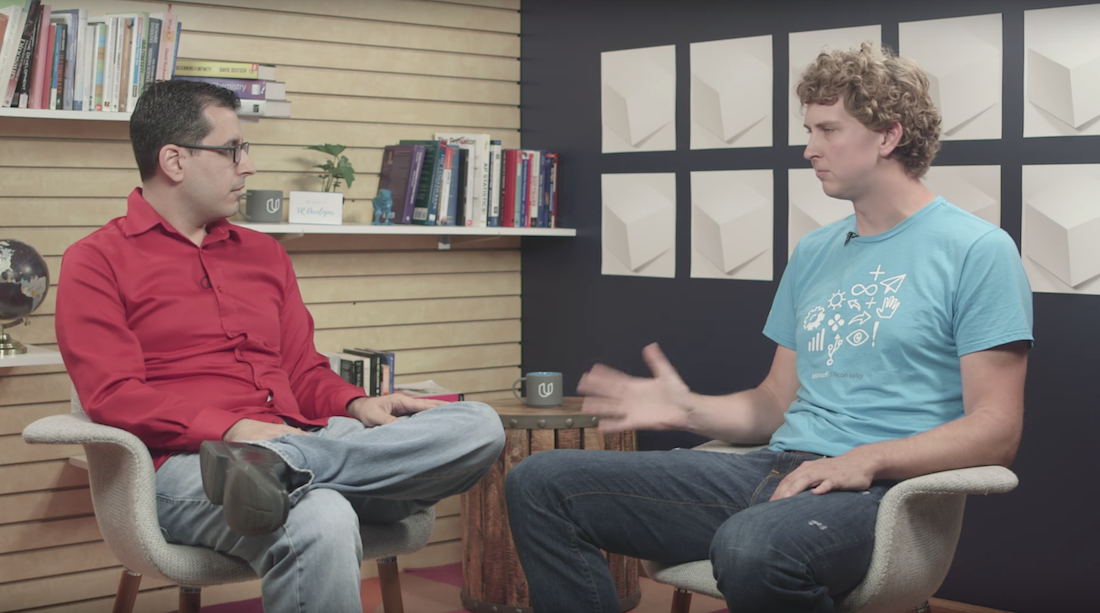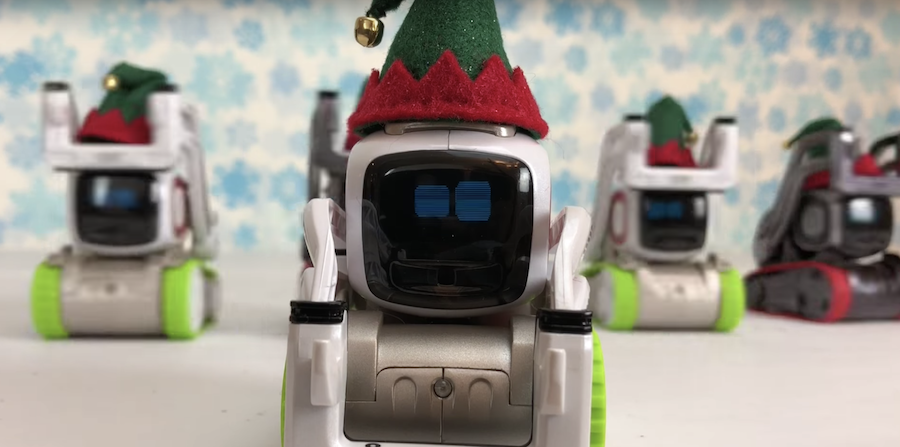
Well, this year’s videos are getting creative!
Have a holiday robot video of your own that you’d like to share? Send your submissions to editors@robohub.org.
“Cozmo stars in Christmas Wrap” by Life with Cozmo
“Don’t be late for Christmas!” by FZI Living Lab
“LTU Robotics Team Christmas Video 2017” by the Control Engineering Group of Luleå University of Technology, Sweden.
Warning: This video is insane . . .
“Misletoe: A robot love story” by the Robot Drive-In Movies.
For more holiday videos, check last week’s post. Email us your holiday robot videos at editors@robohub.org!
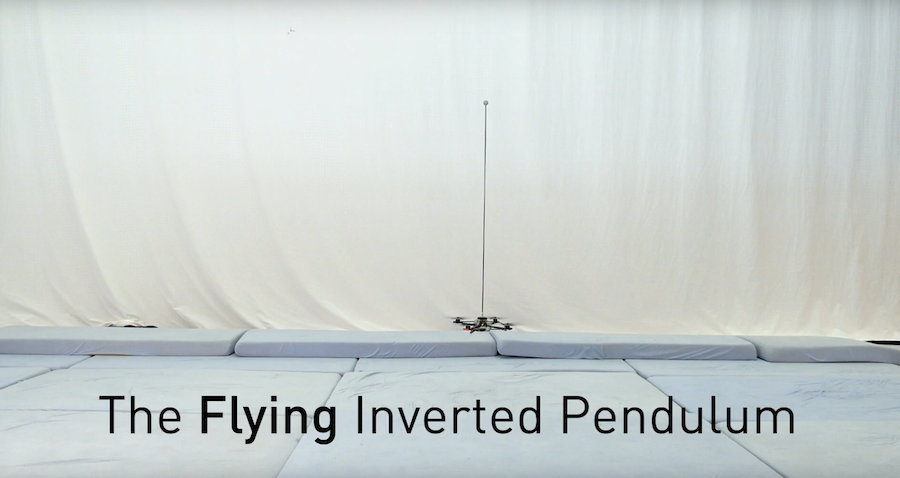
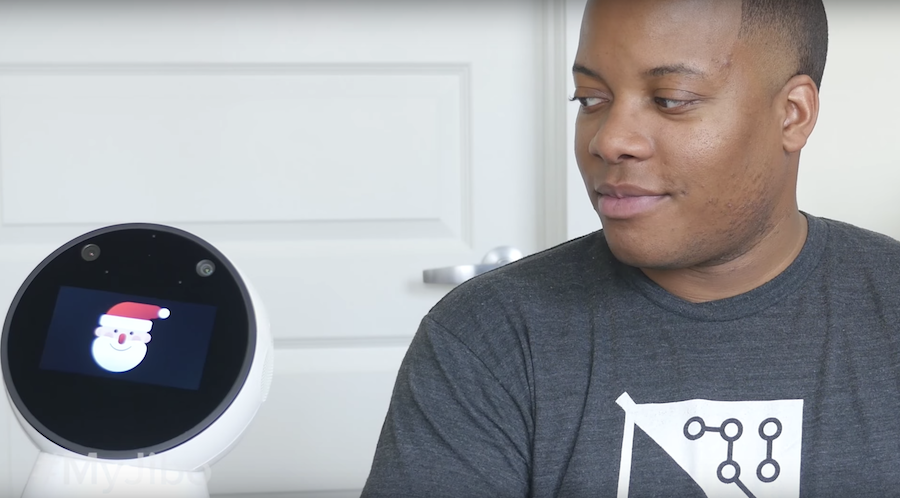
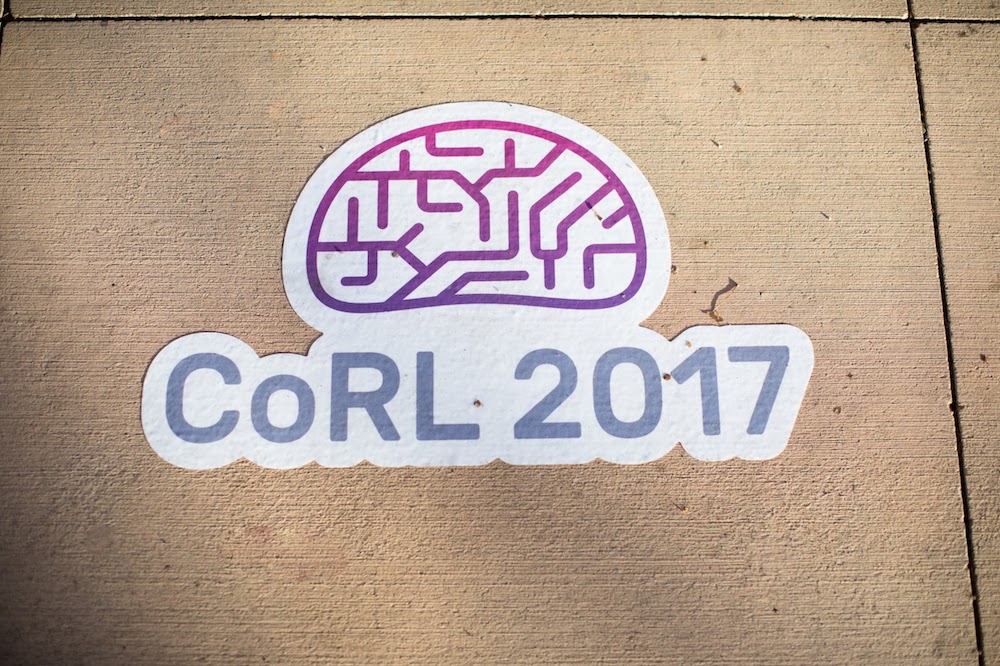

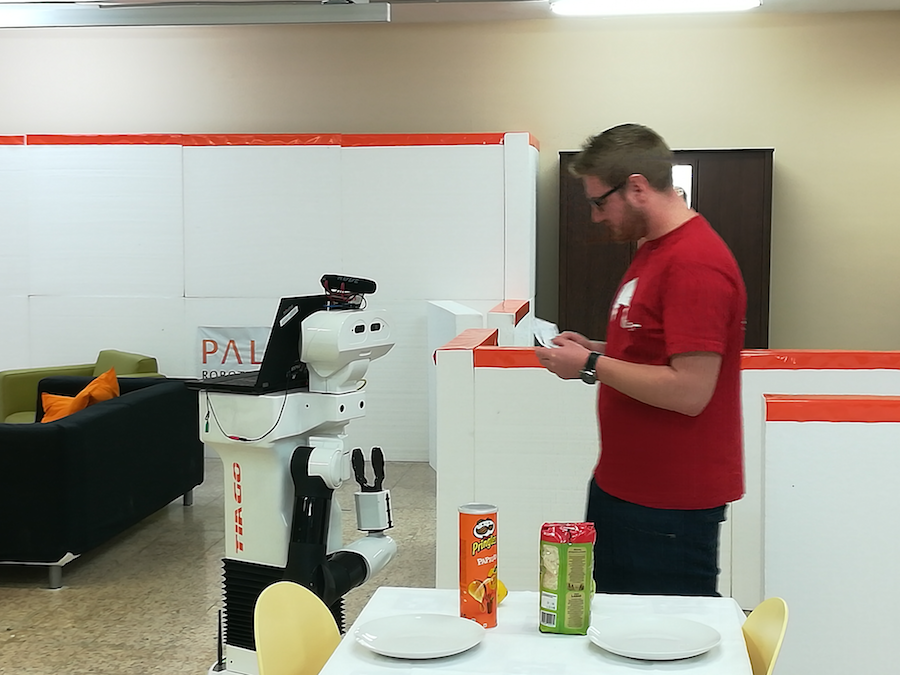 We hope you’re enjoying the
We hope you’re enjoying the 
 Trick or treat
Trick or treat HaPPy HaLLoWeeN!
HaPPy HaLLoWeeN! 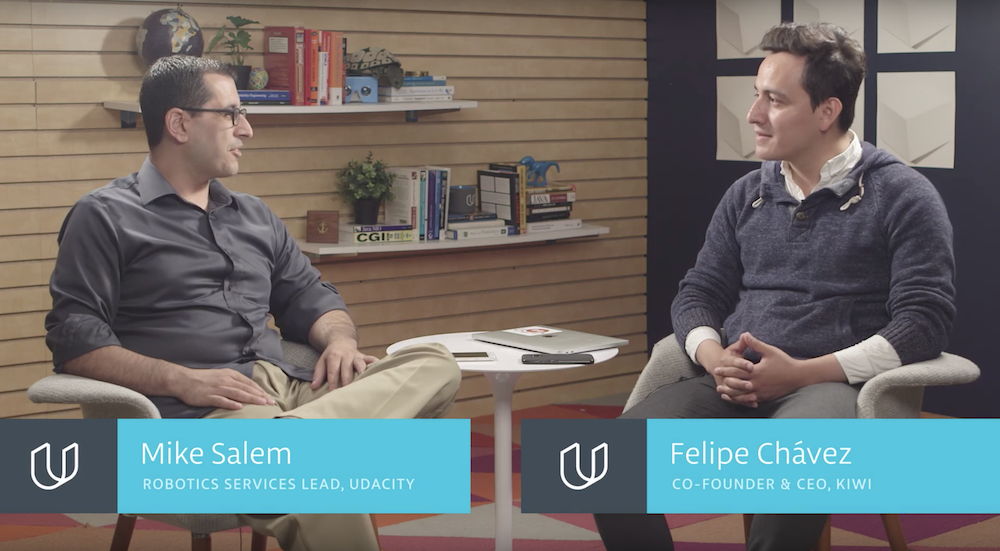
 The 2017 IEEE/RSJ International Conference on Intelligent Robots and Systems (
The 2017 IEEE/RSJ International Conference on Intelligent Robots and Systems (